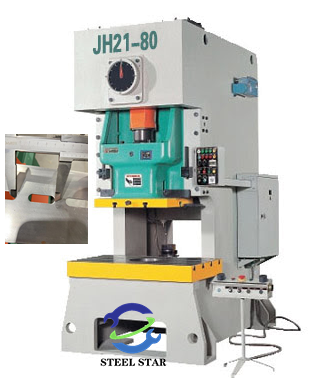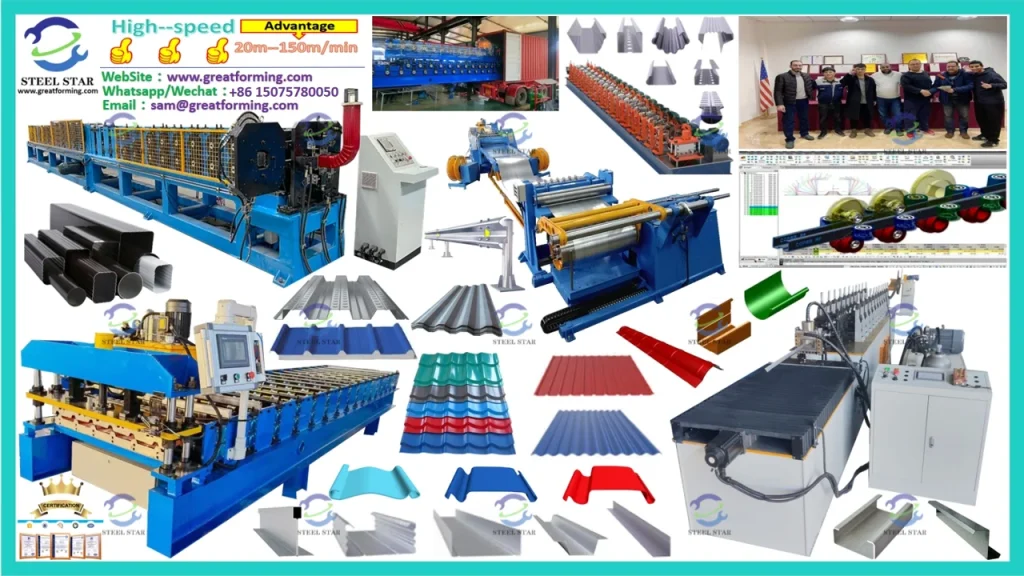Punching Machine (tonnage can be customized according to actual conditions)
Punching Machine: A Versatile Workhorse in Manufacturing
A punching machine, often referred to as a punch press, is an essential piece of equipment in the manufacturing landscape. It has been a cornerstone of industrial production for decades, enabling the creation of precise holes and shapes in a variety of materials.
1. Working Principle
At its core, a punching machine operates on a simple yet effective principle. It consists of two main components: a punch and a die. When the machine is activated, the punch, which is a hardened metal rod, moves rapidly towards the die. The material to be processed, such as a metal sheet, is placed between them. The force exerted by the punch on the material causes a shearing action, cutting out the desired shape or creating a hole in the material. This process is highly efficient and can be repeated at high speeds, making it suitable for mass production.
2. Types of Punching Machines
- Mechanical Punching Machines: These are the most basic type. They are powered by an electric motor and use a mechanical linkage system, such as a crankshaft, to drive the punch. Mechanical punching machines are relatively inexpensive and are commonly used in small – scale manufacturing operations where the volume of production is not extremely high.
- Hydraulic Punching Machines: Hydraulic punching machines utilize hydraulic pressure to generate the force for punching. This allows them to produce a much higher punching force compared to mechanical ones. They are ideal for processing thick and hard materials like heavy – gauge steel plates.
- CNC Punching Machines: Computer Numerical Control (CNC) punching machines are the most advanced in the market. They are controlled by computer programs, which can precisely define the position, shape, and depth of the punch. This makes them capable of creating highly complex and accurate patterns, and they are widely used in industries that demand high – precision manufacturing, such as electronics and aerospace.

3. Applications
- Metal Fabrication: In the metalworking industry, punching machines are used for a variety of tasks. They create holes for screws, bolts, and rivets in metal components. They can also cut out complex shapes for parts like brackets, chassis, and panels.
- Automotive Industry: Punching machines play a crucial role in automotive manufacturing. They are used to produce parts such as body panels, engine components, and interior parts. The high – speed and precision capabilities of modern punching machines help in meeting the large – scale production requirements of the automotive industry.
- Electronics Industry: In the production of printed circuit boards (PCBs), punching machines are used to create holes for components and for shaping the PCB itself. The high precision of CNC punching machines is essential in this industry to ensure the proper functioning of electronic devices.
- Packaging and Printing: In the packaging industry, punching machines are used to create holes in cardboard boxes for handles or ventilation. In the printing industry, they are used for tasks like creating holes in paper for binding books and magazines.
4. Future Trends
As technology continues to advance, punching machines are also evolving. There is a growing trend towards making these machines more energy – efficient, reducing their environmental impact. Additionally, the integration of artificial intelligence and the Internet of Things (IoT) is becoming more prevalent. This allows for real – time monitoring of machine performance, predictive maintenance, and remote operation, leading to increased productivity and reduced downtime.
In conclusion, the punching machine is an indispensable tool in modern manufacturing. Its ability to create precise holes and shapes in various materials quickly and efficiently makes it a vital part of countless industries. As technology continues to improve, punching machines will undoubtedly play an even more significant role in the future of manufacturing.
Website:
www.greatforming.com (English)
www.arabicgreatforming.com (عربي)
www.russiangreatforming.com(Русский)
www.spanishgreatforming.com(Español)
www.frenchgreatforming.com(Français)
www.portuguesegreatforming.com(Portuguese)

